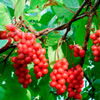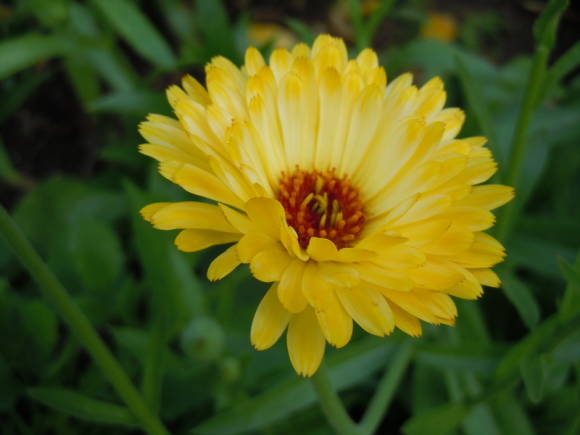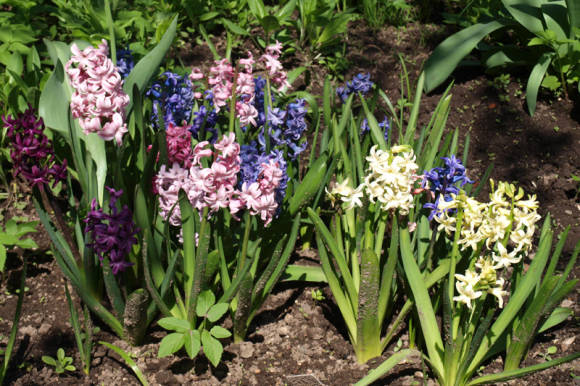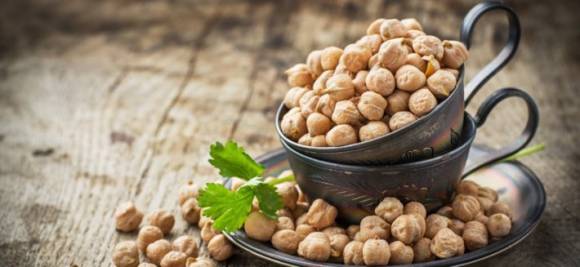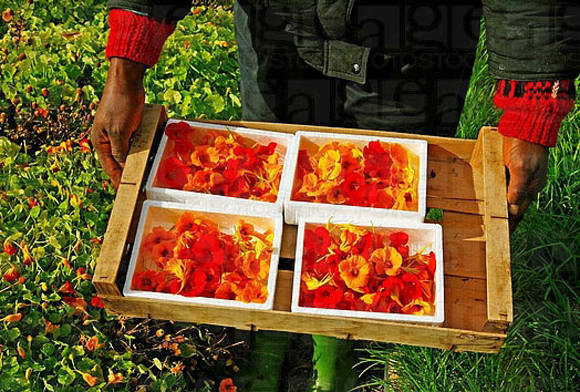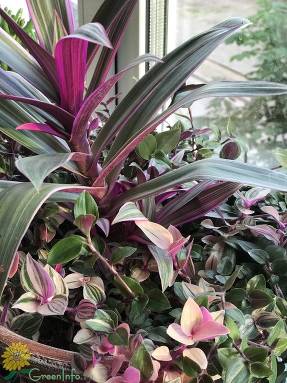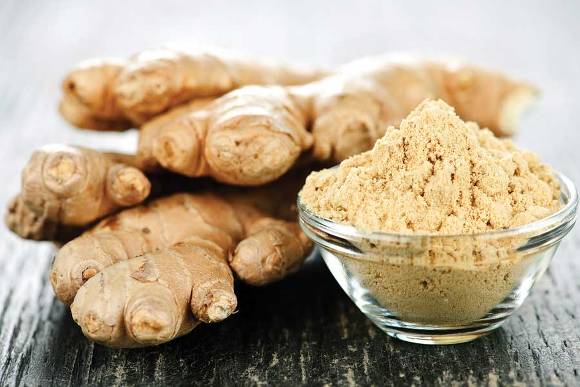The very name Black Cohosh, rather dissonant, is a literal translation from Latin of the name of the cimicifuge. It has long been noted that there are no herb bugs on a plant (these are quite smelly insects that we most often encounter when collecting raspberries) and other insect pests. The great K. Linnaeus took him to the genus Voronets (Actea). Many modern botanists, on the basis of genetic research, advocate the return of this status, although others do not agree with this point of view and single out the cimicifugi as an independent genus.
Medicinal black cohosh and their properties

Currently, the genus black cohosh (Cimicifuga) buttercup family (Ranunculaceae) (according to other authors - section Cimicifuga raven (Actea)) has 12-18 species found in the northern hemisphere. Several types are used in medicine. The main one is black cohosh, or racemose (Cimicifugaracemosa). His homeland is North America. Distributed in the wild in the eastern United States, from Ontario to central Georgia, and from Missouri to Arkansas. At home, he is found in well-humid places, along the edges of forests, in thickets of bushes, prefers a little shading. This should be remembered when choosing a place for it on the site.
In folk medicine, it was used by the local population as an analgesic, sedative and anti-inflammatory. After the appearance of Europeans, it was included in the American Pharmacopoeia of 1830. In 1844, through the efforts of Dr. John King, it began to be used for rheumatism and nervous diseases, and from the middle of the 19th century - for dysfunctions in women, infertility and to increase lactation. Since the 18th century, the plant has been widely used as an ornamental plant in European gardens, and since the 19th century, interest has appeared in it as a medicinal plant. Currently, in many countries, black cohosh is included in the Pharmacopoeia.
Rhizomes with roots contain triterpene glycosides actin and cimicifugoside, isoflavones, isoferulic and salicylic acid, essential oil, estrogen-like substances, and resins.
Still not knowing anything about the chemical composition of black cohosh, the North American Indians used it for female diseases, rheumatism, and even rattlesnake bites as an antidote. As shown by later studies, it was extremely effective in diseases associated with insufficient production of estrogens (female sex hormones). First of all, these are climacteric changes and disorders in adolescence. In a woman in the climacteric period, when the hormonal background in the body is being restructured, a number of rather unpleasant disorders are observed: sweating, dizziness, palpitations, irritability, sleep disturbance. Studies by German doctors have shown that preparations of this plant, especially in combination with St. John's wort, are very effective in treating menopausal problems. There are a number of preparations with this plant that are used in this case.
In addition, the plant turned out to be quite effective in arthritis developing after the above changes in the body. In homeopathy, it is used for muscle and joint pain, spasms of the gastrointestinal tract and biliary tract, with seasonal depression.
The simplest is homeopathic balls Сimicifuga D3-D6. The same remedy is prescribed for osteochondrosis and a tearful mood (which often happens in our absence of the sun). In addition, recently, the drug Remens, which contains this plant, has been widely advertised. Black cohosh is a good remedy for PMS.
Tincture prepared from 1 part of fresh rhizomes with roots and 5 parts of 70% alcohol. Insist 5 days in a dark place, filter and take for the above diseases, 20-30 drops 3 times a day. However, with hormonal and metabolic disorders, treatment should be prolonged.As the classic of German herbal medicine R. Weiss emphasizes, the course of treatment is a month or more. For hypertension, the course of treatment may be shorter.
In the medical literature, there are reports that long-term and uncontrolled intake of cimicifuga drugs can lead to hepatotoxic effects. In especially severe cases, autoimmune hepatitis can develop - cellular necrosis in the liver, which is treated with corticosteroids. In some cases, when taken for more than 5 years, endometrial hyperplasia is possible in 3.4% of patients. Therefore, in recent years, the preparations of this plant have been recommended to be used, in consultation with a doctor. But most of the researchers believe that the negative impact is associated with inadequate control of raw materials and the ingestion of other species, which are often unsafe for the body.
It is an elegant perennial plant up to 2 m high with double or triple plumose leaves. A long racemose inflorescence with white flowers looks elegantly for more than a month and a half. The plant blooms in July-September. There is a decorative form with anthocyanin leaves and pink flowers 'Pink Spike'.
In our country, in the Far East, there is a black cohosh daurian (Cimicifuga dahurica). Its range covers the territory of the Primorsky and southern parts of the Khabarovsk Territories, the Amur Region and the Chita Region. The foreign part of the range includes Northeast and North China, the northern part of the Korean Peninsula and the Khingan part of the Mongolian People's Republic.
Black cohosh is a perennial herbaceous dioecious (rarely monoecious) plant, therefore, in the presence of 1-2 plants, you may encounter a lack of seeds. The rhizome is horizontal, with a large number of filamentous roots. Stems unbranched, 1.5-2 m high. Leaves are alternate, compound, trifoliate or unpaired bipinnate, thin, dark green above, lighter below; the lower ones are on long, widened petioles at the base, the upper ones are almost sessile. Inflorescences are apical and axillary, paniculate, with spaced branching branches emerging from the axils of the upper leaves; women are compact, men are spreading. The axis of the inflorescence, its branches and pedicels are densely covered with shiny hairs. The flowers are creamy white with a honey smell. Fruits are dry leaflets on short legs, 3-7 on a peduncle. Seeds are dark brown, covered with yellowish membranous scales, collected 4-6 per leaflet.
 |  |
The plant is very decorative and is characterized by late summer long flowering, it tolerates partial shade well, which is important when grown on the site.
Resins, tannin, isoferulic and salicylic acids, phytosterol, saponins and glycosides were found in its rhizomes and roots.
It is believed that similar to the previous type, you can use its tincture. Studies have shown that this type of tincture has a calming effect, reduces physical activity and normalizes sleep. In addition, the tincture and extract from the rhizomes and leaves of this plant had antioxidant properties, and also reduced the content of lipids in the blood serum, which is important in atherosclerosis.
Chinese doctors noted that the isoferulic acid contained in this plant had a hypoglycemic effect. Along with this, blood pressure decreases, there is a diuretic effect and smooth muscles relax. Some time ago, for medical purposes, it was allowed to use a 20% tincture of rhizomes with black cohosh roots in 70% alcohol for the treatment of stage I and II hypertension. At present, the tincture of Daurian cimicifuga has gradually lost its significance as an antihypertensive drug and has been excluded from the nomenclature of drugs. In folk medicine of the Primorsky Territory, the plant is used for asthma, migraines, neuralgia, hysteria and rheumatism.
Known in Chinese medicine black cohosh smelly (Cimicifugafoetida L.).This is also a perennial herb 1-2 m in height with a thick short rhizome and double- or triple-feathery leaves, branchy drooping inflorescences. The flowers are greenish-white with a pungent unpleasant odor. Blooms in July-August. The plant is considered poisonous. Its roots contain saponins, tannins, traces of alkaloids. In addition, they found hesperidic, salicylic, isoferulic and methoxycinnamic acids, resinous compounds - racemosine and cimicifugin. Together with the black cohosh Daurian and black cohosh (Cimicifugaheracleifolia), it is used in traditional Chinese medicine as a pain reliever.
As mentioned above, rhizomes with roots are harvested as a medicinal raw material for these two species. They are dug up in the fall, dried and used to prepare medicines.
Growing black cohosh

It is better to place these plants on the site next to trees, shrubs, or in the background of a mixborder. They require soils rich in organic matter and humus, but since their root system is rather shallow, a shallow fertile layer is sufficient.
Plants reproduce well vegetatively, by dividing the bush. Seed propagation is much more problematic. Let's start with the fact that, for example, in the Non-Chernozem zone, they are not formed every year. But if formed, then there are usually a lot of them and there is an opportunity to experiment. Seeds require a rather complex stratification, they have an underdeveloped embryo, and therefore, a stage of warm stratification for 80-90 days is needed, and then cold stratification of the same duration. After that, the seeds are sown in bowls, then the seedlings dive. Germination rate is usually low.
In the spring, after the emergence of shoots, the plants are weeded, periodically watered and, in the phase of 4-6 true leaves, are planted in a school at a distance of 20-25 cm from each other. After a year, they will make good planting material for planting in a permanent place. Black cohosh go well in planting with badans, astilbe, ferns, hosts and other shade-tolerant plants.
In the future, plants are best propagated vegetatively. Simultaneously with the division of plants, part of the rhizomes can be left as medicinal raw materials.
